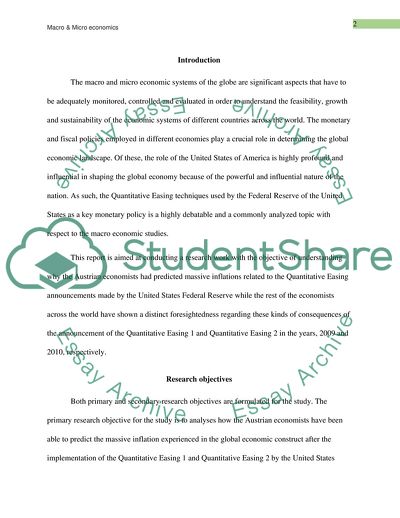Cite this document
(Many Austrian economists predicted massive inflation after the Federal Research Paper, n.d.)
Many Austrian economists predicted massive inflation after the Federal Research Paper. https://studentshare.org/macro-microeconomics/1879548-many-austrian-economists-predicted-massive-inflation-after-the-federal-reserve-announced-qe1-qe2-why-havent-we-seen-that
Many Austrian economists predicted massive inflation after the Federal Research Paper. https://studentshare.org/macro-microeconomics/1879548-many-austrian-economists-predicted-massive-inflation-after-the-federal-reserve-announced-qe1-qe2-why-havent-we-seen-that
(Many Austrian Economists Predicted Massive Inflation After the Federal Research Paper)
Many Austrian Economists Predicted Massive Inflation After the Federal Research Paper. https://studentshare.org/macro-microeconomics/1879548-many-austrian-economists-predicted-massive-inflation-after-the-federal-reserve-announced-qe1-qe2-why-havent-we-seen-that.
Many Austrian Economists Predicted Massive Inflation After the Federal Research Paper. https://studentshare.org/macro-microeconomics/1879548-many-austrian-economists-predicted-massive-inflation-after-the-federal-reserve-announced-qe1-qe2-why-havent-we-seen-that.
“Many Austrian Economists Predicted Massive Inflation After the Federal Research Paper”. https://studentshare.org/macro-microeconomics/1879548-many-austrian-economists-predicted-massive-inflation-after-the-federal-reserve-announced-qe1-qe2-why-havent-we-seen-that.


